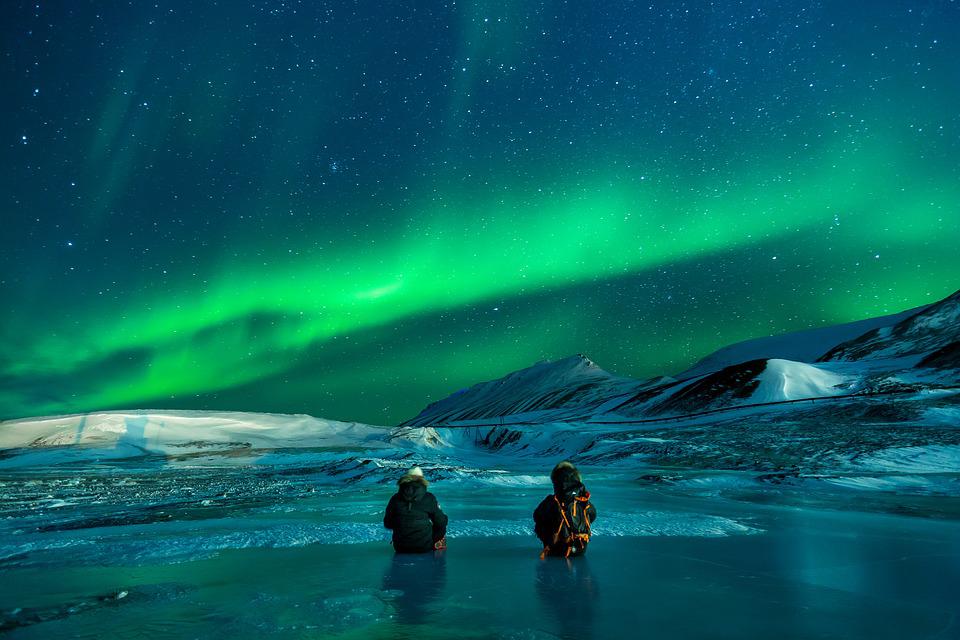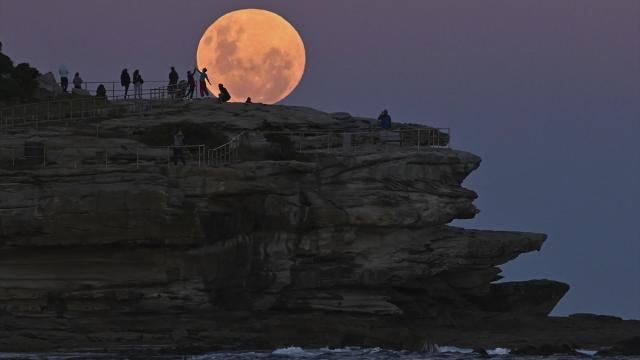The north is thawing – and much faster than previously thought. According to a new study, the average temperature in the Arctic is rising four times faster than in the rest of the world. A vicious circle with catastrophic consequences.
According to the current IPCC, the planet has already warmed by 1.1 degrees since the beginning of the Industrial Revolution. It is therefore obvious that the north is also melting away – but it is doing so much faster than previously assumed. As scientists published in the journal “Communications Earth & Environment” on Thursday, the Arctic has warmed four times faster than the rest of our planet over the past four decades. And that’s just the tip of the iceberg. In some regions of the north, for example in the Barents Sea between Russia and the Norwegian archipelago of Spitsbergen, the average temperature rose seven times faster. Conversely, according to the Australian news network “Conversation,” this means that it is already an average of three degrees warmer in the Arctic than it was in 1980.
Did previous models underestimate warming?
As “Science News” reports, earlier studies still assumed that Arctic temperatures were rising “only” two to three times faster than in other regions of the Earth. The research team led by meteorologist Mika Rantanen of the Finnish Meteorological Institute in Helsinki arrived at the startling new findings by analyzing observational data from 1979 to 2021. During this period, the earth’s temperature rose by an average of 0.2 degrees Celsius per decade – in the Arctic, it was 0.75 degrees at the same time.
“Our results suggest that the recent quadrupling of warming in the Arctic is either an extremely unlikely event, or that climate models systematically tend to underestimate the amplification,” the study says. The inaccuracy of models to realistically simulate past Arctic warming calls into question how well future changes in the Arctic – and their consequences for the rest of the world – can be predicted, it said.
Thomas Ballinger, a researcher at the University of Alaska Fairbanks, told The New York Times that defining the region is hugely important to understanding Arctic change. A “larger” Arctic encompasses more land, he said, which in turn reduces the impact of ice-ocean feedback on average temperatures.
Of icy time bombs and vicious circles
There are a number of explanations for why the North is so disproportionately affected by climate change. According to “Conversation,” sea ice plays a crucial role. The layer, usually one to five meters thick, is covered with a layer of snow, which in turn reflects about 85 percent of the light. In the dark ocean, the opposite is true: The water absorbs a good 90 percent of the sun’s rays. As global warming causes the ice to melt more, the ocean absorbs more light – and more heat. A vicious circle. Experts refer to this phenomenon as “polar amplification.”
The consequences of the dwindling white are catastrophic – especially because the Arctic is one of the most sensitive climate regions in the world. But it’s not just the ice that’s acting as a fire accelerant. Permafrost (actually permanently frozen ground) traps carbon in the soil below. If the perpetual ice thaws, greenhouse gases such as carbon dioxide and methane also enter the atmosphere, further fueling climate change. The permafrost alone, says “Conversation,” contains enough carbon to raise the average global temperature by more than three degrees. A “time bomb” whose effects would be uncontrollable. According to the current state of science, these feedback effects would exceed a critical point at a warming of 4.5 degrees.
The source used in the creation of a news story: https://www.stern.de


